Castanea pumila
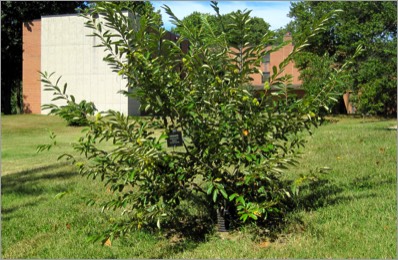
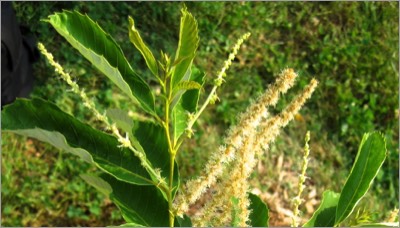
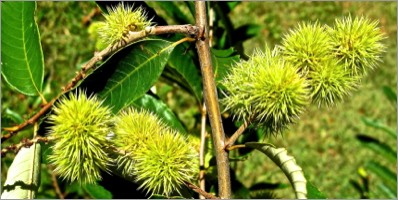
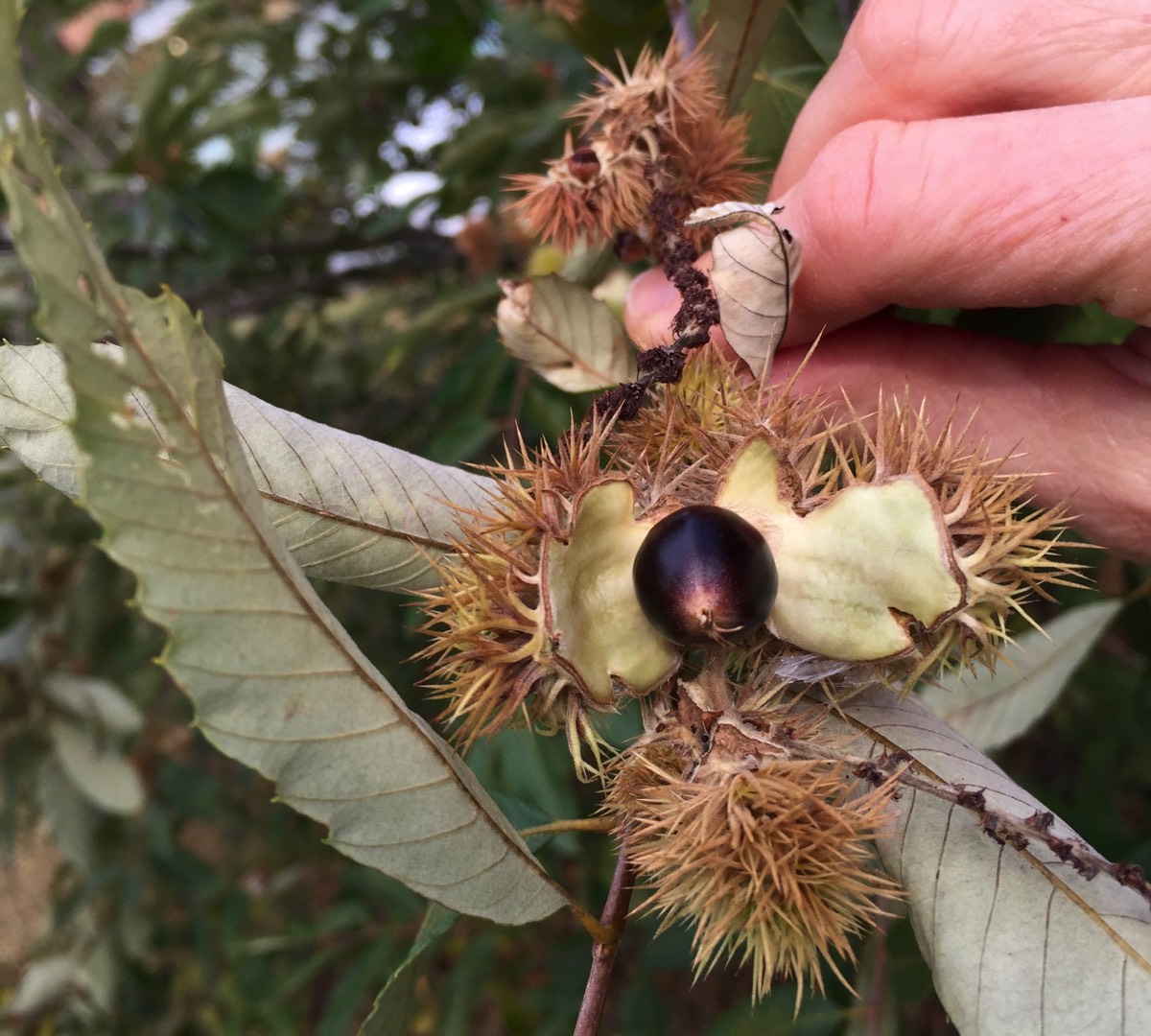
Castanea pumila
CHINQUAPIN
Fagaceae
S.E. North America
Location: map coordinates L-11 (near west side of Conwell Hall)
N 39°11'12'' W 75°32'43''
Planting history: planted November 2010. Source: Go Native Tree Farm, PA. (Dr. S. Yost, USDA NIFA Capacity Building Grant funds).
Description:
Native species, State Rank S3 (uncommon, but not of conservation concern, yet) on Delaware
CHINQUAPIN
Fagaceae
S.E. North America
Location: map coordinates L-11 (near west side of Conwell Hall)
N 39°11'12'' W 75°32'43''
Planting history: planted November 2010. Source: Go Native Tree Farm, PA. (Dr. S. Yost, USDA NIFA Capacity Building Grant funds).
Description:
- deciduous shrub (to small tree)
- etymology: Castanea from Latin name Castania; pumila from Latin for small, dwarf
- leaves simple, toothed; white-wooly underneath
- monoecious (separate male and female flowers on same plant); flowers tiny, unisexual; male flowers in catkins
- nuts edible, sweet; one small roundish nut, ca 1/2 “ wide, inside a spiny husk
- can spread by root suckers
- widespread in SE USA, mostly in dry mountain woods
Native species, State Rank S3 (uncommon, but not of conservation concern, yet) on Delaware
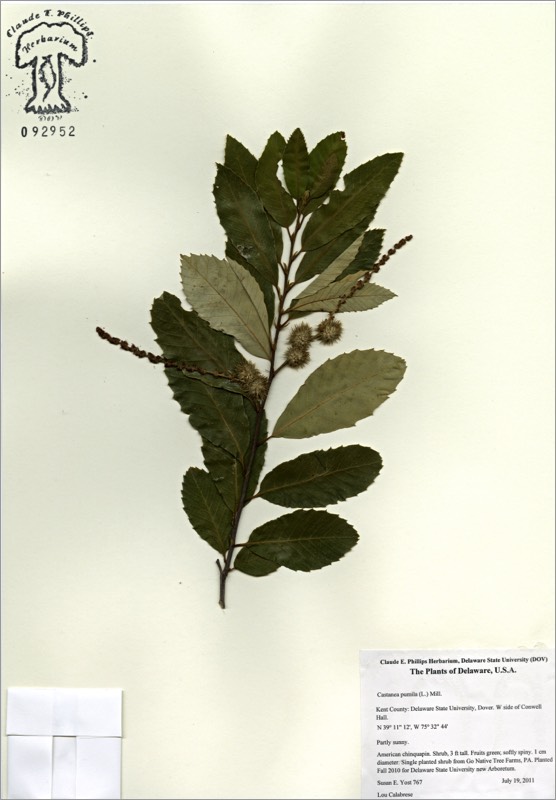
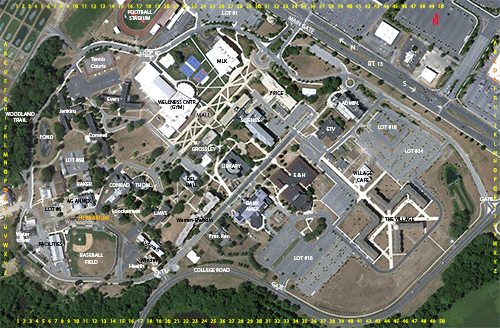
HIT REFRESH TO START LOCATION GRAPHIC